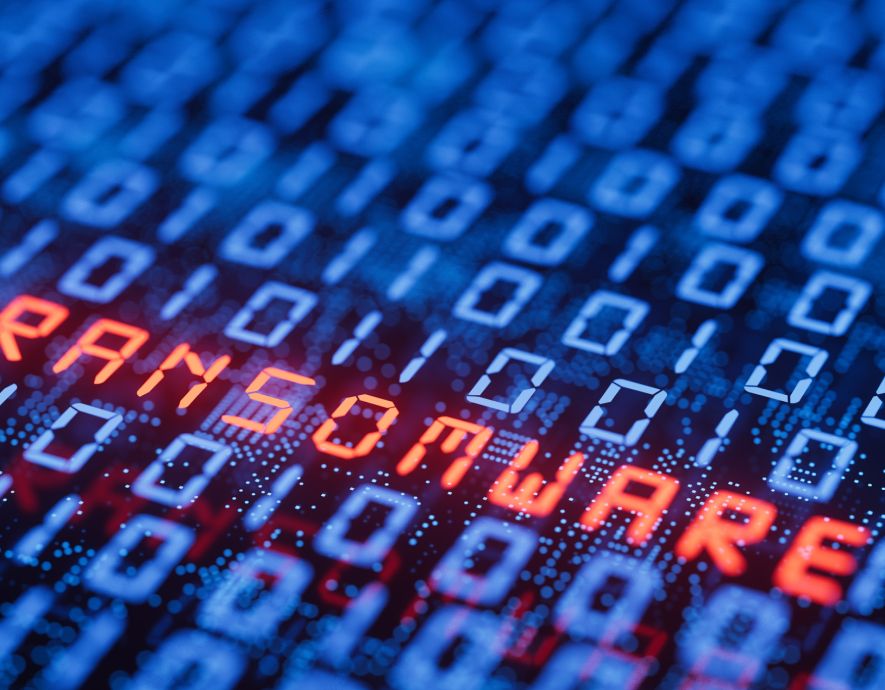![Conclusion to Symantec's annual report on Internet security threats [by Laurent Heslault, Symantec]](https://incyber.org//wp-content/uploads/2024/03/adobestock-749446930-1-1920x735.jpeg)
Conclusion to Symantec’s annual report on Internet security threats by Laurent Heslault, Symantec
Articles by the same author:
1
3
06.17.25 Cyber +
INTERVIEW with Daniel Blanc, New Director General of the INCYBER Forum Canada
Read
05
MIN
4
05.02.25 Digital Sovereignty
American Tech Giants Capture 80% of Europe’s Cloud Spending
Read
01
MIN




